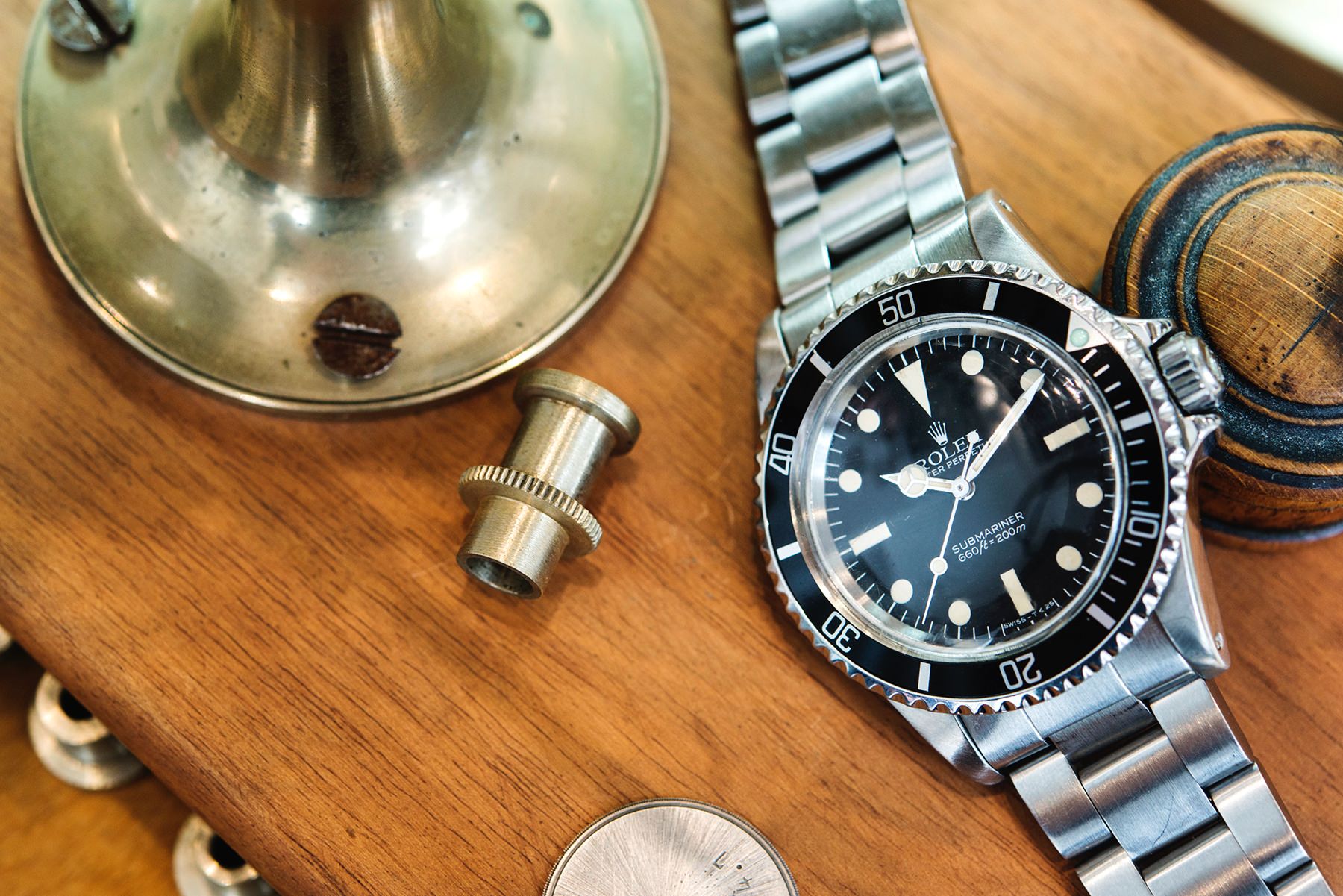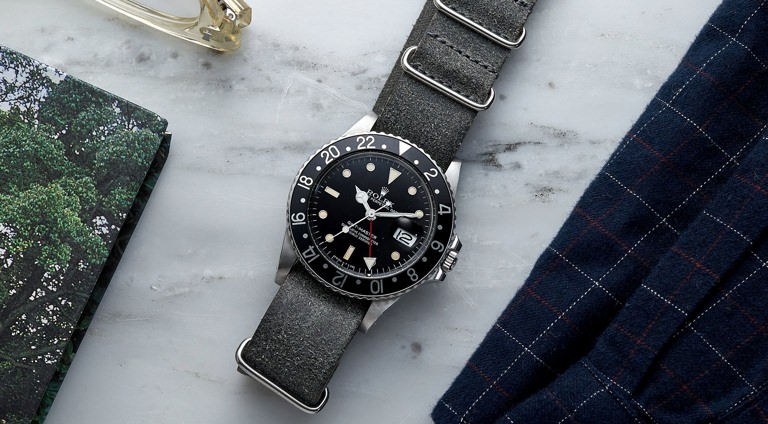There are few status symbols more coveted or revered than a Rolex watch. It's at once a decadent indicator of a man's success and a useful timepiece durable enough to last a lifetime (or more). If you were to ask people on the street to name a "high-end watch," almost everyone ... actually, I believe every single person would say, "Rolex." The brand has been at the top of their game for so long that the name alone just sounds luxurious, invoking mental images of living the good life.
It's the go-to watch for everyone from successful businessmen and elite athletes to Hollywood's leading men, and yet it remains aspirational and unendingly cool. What gives Rolex this incredible mystique? This hushed reverence that makes guys sit up and notice when someone's sleeve lifts and reveals that crown-capped watch dial? To get a clearer idea, we have to look at the brand's storied history of more than 100 years.
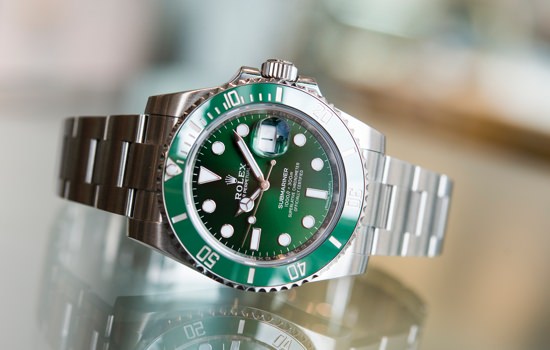
The Hulk Submariner

The Hulk Submariner
David Lee is the general manager of watches at StockX, the increasingly popular "stock market of things," and has overseen the growth of their watch vertical where sales of vintage and pre-owned luxury watches increased by 400% in 2018 alone. He says that what really makes Rolex so iconic is not necessarily the product itself but who's worn a Rolex and what they've done with it. "If you think back to some of the most iconic pieces, you think of Paul Newman's Daytona or Sean Connery's Submariner that he wore in the James Bond movies; you think of Steve McQueen's Explorer or the actual explorers who've worn them to the North and South poles," he says. "They've placed their watches on the wrists of very legendary people doing iconic things."
And this goes back to the very beginning of the brand. When they introduced the first highly-accurate waterproof watch thanks to their Oyster screw-down crown and caseback mechanism. Rolex's cofounder, Hans Wilsdorf, heard that a woman was planning to swim the English channel, so he asked her to wear the new waterproof watch on her attempt. She was successful and so was the marketing campaign that followed, with stores showcasing the new watch submerged in aquariums.
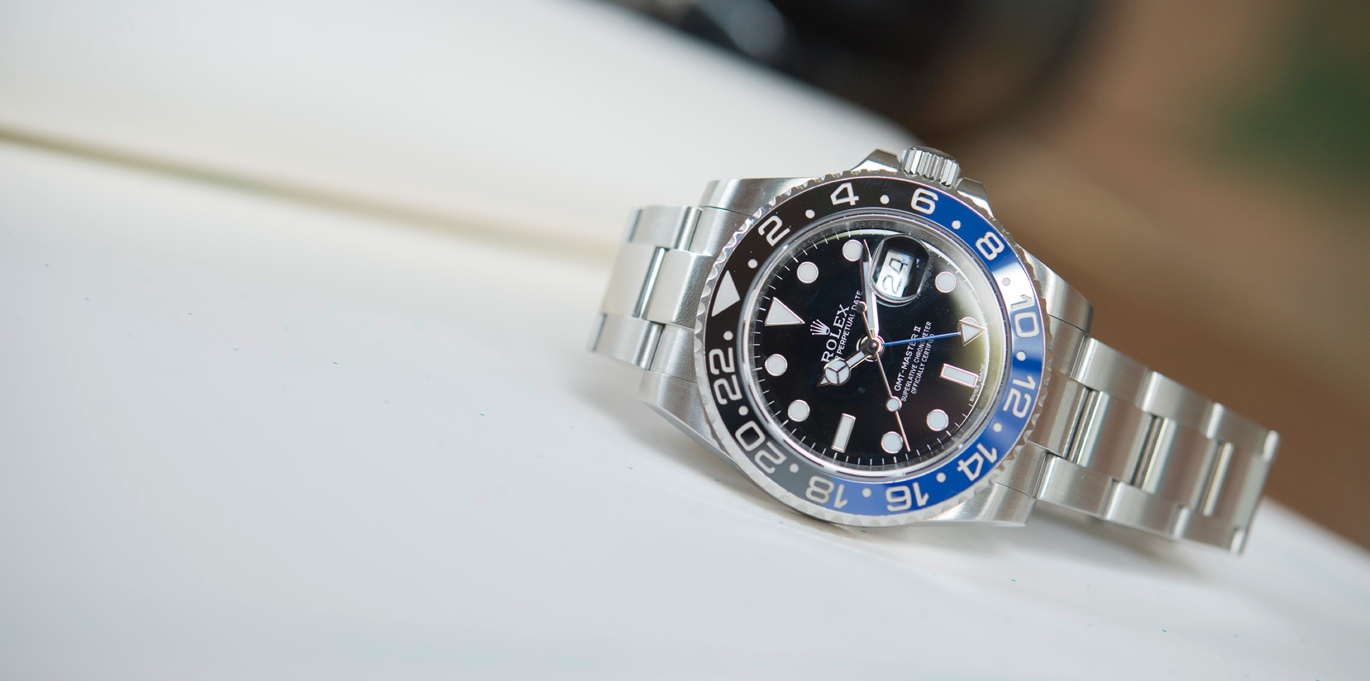
The Batman GMT-Master II
This helped solidify Rolex as a reliable, dependable brand. "These watches were originally designed not as luxury timepieces, but as actual tools," says Lee. "Rolex created the GMT Master Series for PanAm pilots, for example, so aviators traveling internationally would easily know what time it was back home." And that's just one example of Rolex's rich history of discreet yet purposeful innovations. Some watchmakers fight for the lightest, thinnest or most complex timepieces on the market. But Rolex has never played that game.
While they boast several important firsts—the first waterproof case, certified chronometer, perpetual rotor and automatically changing date—Rolex is a brand focused more on evolution than revolution. The aim is to constantly improve the quality and craftsmanship rather than completely rework a watch. In their encyclopedic book, The Watch, Thoroughly Revised, Gene Stone and Stephen Pulvirent put it this way: "A 2017 Datejust closely resembles one from fifty years ago—which is appealing to some and rather boring to others." They say one of the company's greatest strengths lies in its research and engineering. "Rolex continually upgrades its products from a purely functional standpoint—making testing standards more stringent, upgrading the quality of its stainless steel—and it does so with little to no fanfare."
Advertisement
In order to continually standout from the crowd, Rolex manufactures nearly everything in-house to control the quality and retain their competitive advantage. And we're not merely talking about standard watch gears, dials and pins. Rolex runs its own foundry for melting and mixing the precious metals which are then turned into cases and bracelets. They don't use the industry standard Luminova paint for markers, but utilize a proprietary luminous paint that has a longer and brighter luminescence in the dark. They craft their own rubber straps and ceramic bezels. Even the box your new Rolex comes in was manufactured in-house.
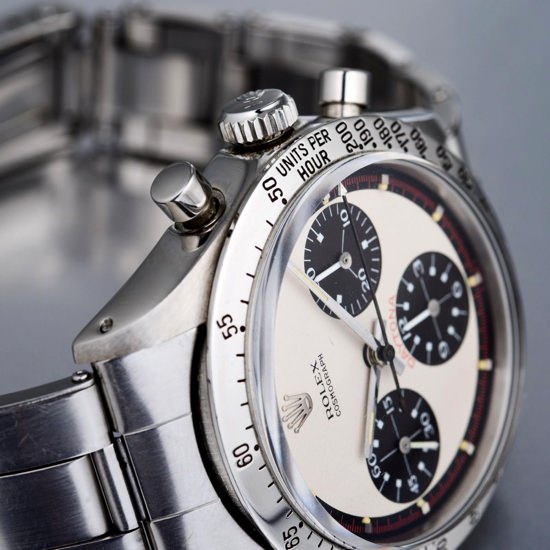
The 'Paul Newman' Daytona

The 'Paul Newman' Daytona
Such dedication to excellence helps clarify how a Rolex can appeal to both everyday guys and experts alike. But even though the saying goes, a Rolex is a Rolex, Lee warns that not all models yield the same value in the long run. "As investment pieces, the analogy I use with most people is that in 1970, Ford built Shelby GTs, which nowadays are worth millions of dollars, but they also built Pintos, which aren't worth much," he says with a laugh. "So when it comes to investment pieces, it's really geared toward a small number of specific models that really retain or gain value."
He says it all comes down to scarcity and the lust for those hard-to-get pieces. "Look at the Paul Newman Daytona, Rolex made Daytonas in the '60s and '70s and those are worth a lot of money, but there are a select few of them that have the Paul Newman dial, which makes those much more expensive at auction." This is also why such qualities as an original bracelet with a patina or unrestored dial can be the difference between an amazingly desirable Rolex and a rather standard one.
So what is his advice for someone looking to invest in a timepiece for himself? "My general advice to anyone buying any watch—whether it's their first or 100th Rolex—is to buy what you love," says Lee. "You have such an intimate relationship with a watch—the one I'm wearing is on my body for literally 24 hours a day." He suggests taking your time and finding a style that fits you physically and stylistically. "I tell people if you're looking to invest in order to make some money, you should probably go into stocks and bonds—they're a much safer investment."
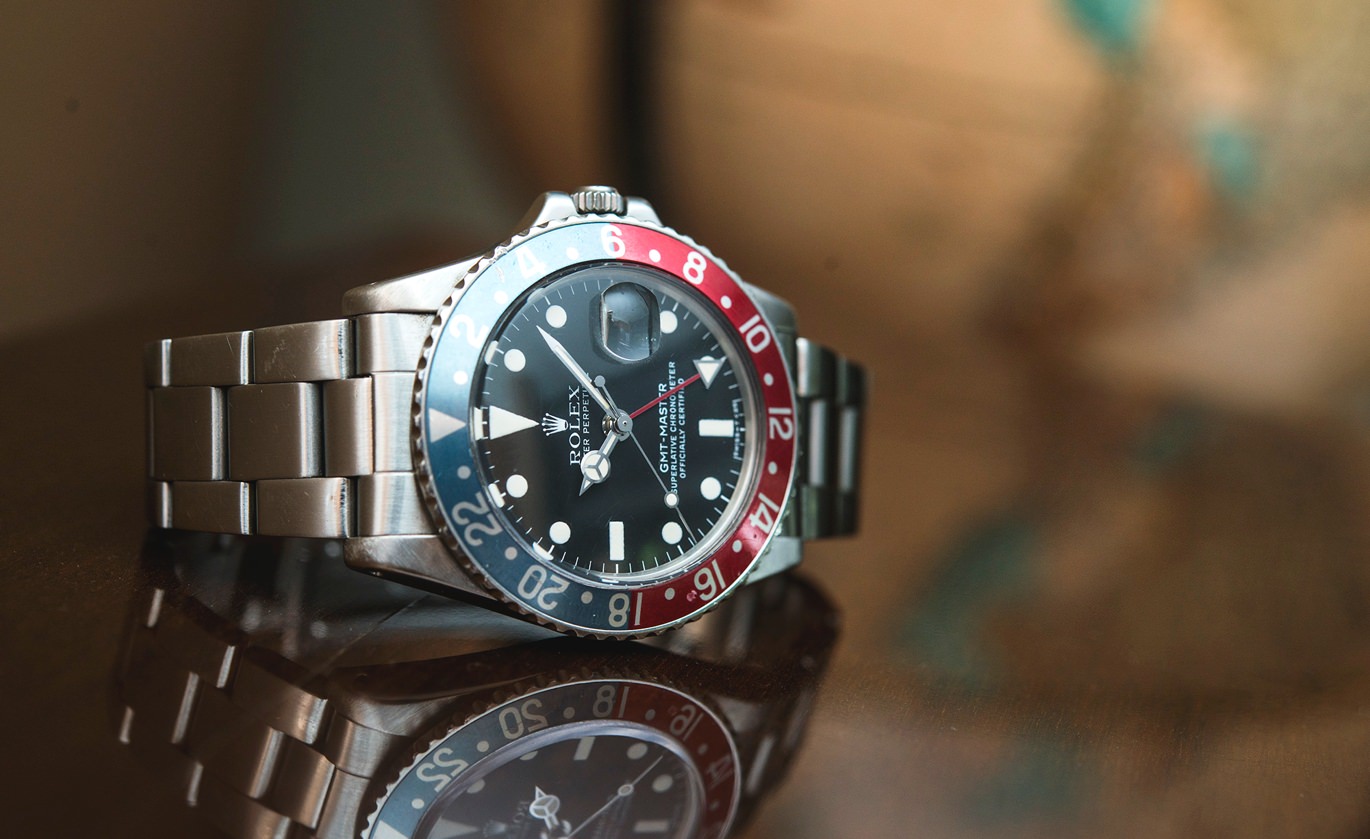
A Pepsi-bezel GMT-Master
When it comes to watches that will increase in value, Lee says it comes down to those watches that you think will retain or gain value. "It's the watches that are much more limited supply," he says. "The current references like the Pepsi GMT, the Batman GMT or the Hulk Submariner are all in very limited supplies, so it's all but impossible to find them at retail." Of course, the big caveat is that not all watches that are scarce gain in value. Which is why your watch purchase should be a personal, not business decision.
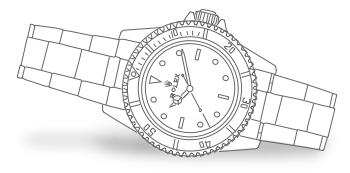
480
The number of times the smooth sweeping second hand of a Rolex “ticks” per minute.
